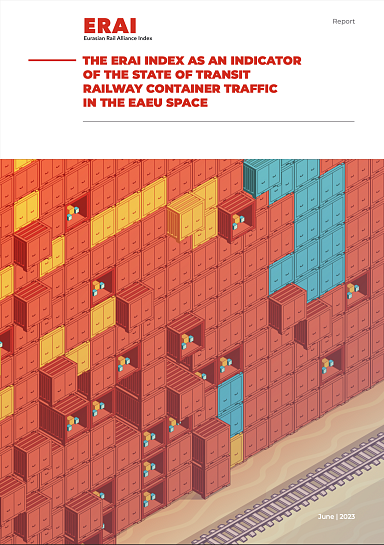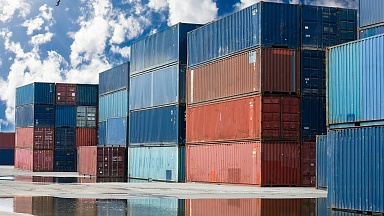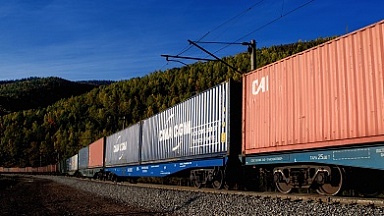First of all, any index is an economic indicator which is used by shippers to make decisions. Indices are of paramount importance for analysts who evaluate different modes of delivery of goods, creating the basis for decisions which are made in the field of cargo logistics. The creation and use of transport and logistics indices has the following advantages.
1. Indices act as a single indicator of the state of the transport and logistics corridor for all market participants.
2. Indices increase the transparency and openness of the market.
3. The index is a decision-making tool.
The WCI index shows the sea freight rate for transporting one FEU in the spot market. The index was launched in 2006 by Drewry, founded in London in 1970, to analyze the global shipping market. The WCI index is updated weekly and reflects comparable rates for the eight most used sea routes between East and West: Shanghai — Rotterdam, Rotterdam — Shanghai, Shanghai — Genoa, Shanghai — Los Angeles, Los Angeles — Shanghai, Shanghai — New York, New York — Rotterdam, Rotterdam — New York.
Based on these routes, Drewry calculates a composite index that illustrates the overall state of containerized sea freight. In addition to the container index, Drewry also produces more nuanced indexes for the cost of fuel oil, port traffic, and idle capacity to transport. It is important to note that the WCI index shows the spot rate, which may differ from the cost of transporting a container under permanent contracts, especially during periods of volatility. The basis for determining the rate is a survey of about thirty freight forwarders and transportation operators.
The second one, the SCFI (Shanghai Containerized Freight Index), reflects traffic levels in the spot market for export container shipping in Shanghai. It is more narrowly focused and sensitive than the above index. It is important to note that the SCFI spot rate fluctuates not based on real-time rates, but on what carriers intend to charge.
The Eurasian Rail Alliance Index reflects the indicative weighted average cost of transporting one SPV along all routes of the corridor «China border — EU border.» The cost of container transportation diversifies depending on the geography of the route and its direction (from Asia to Europe or from Europe to Asia).
Indices are formed using a set of data, which include the cost of transportation, insurance, the level of supply and demand, etc. In this regard, they act as a complex indicator that characterizes not only the state of the route, but sometimes the state of the freight transportation industry as a whole — in the context of transport modes and regions. Thus, the indices, due to their complexity, can be used in determining the cost of contracts for the provision of transport and logistics services, as well as forward contracts, and act as an indicator of the state of the industry for regulators and business circles. That is, the index turns into a decision-making tool.



